No. 73
Grow a great lawn
Smarts—not hard work—lead to lush, healthy turf
You don’t need to be a grass fanatic to have the best lawn on the block. It’s not how much work you do—it’s when and how you do it. Here are the keys to a healthy lawn.
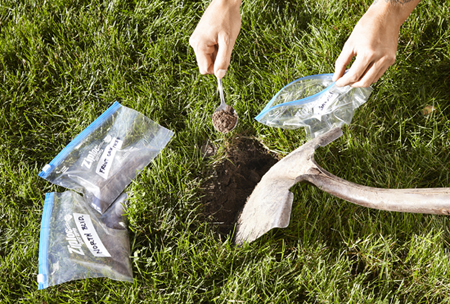
Test the soil
If the soil pH is wrong (too acidic or too alkaline), grass won’t thrive even if you do everything else right. Grass grows best in the “pH happy zone,” between 6 and 7.2. To determine your pH, collect one tablespoon-size sample a couple of inches under the sod in three different places in your yard. Some garden centers offer testing services, others are online (search for “soil testing”). If the pH is too high, you’ll treat the lawn with iron sulfate or sulphur; too low and you’ll use pelletized limestone. Whoever does the testing will tell you what and how much to use. Applying the treatment is as easy as walking around the yard with a spreader.
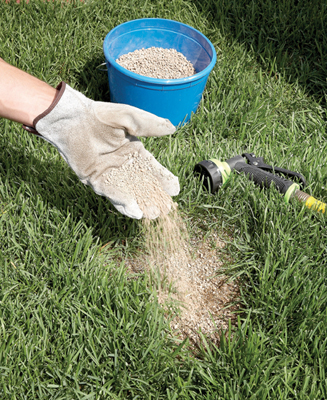
First aid for dog spots
Gypsum granules and plenty of water are the antidote for dog urine. If you treat the spot right away, the grass won’t die. If it does die, you still need to neutralize the spot before reseeding.
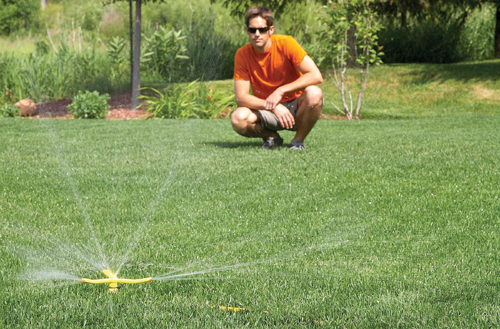
Water deeply but not often
Heavy watering every few days develops deep roots that tap into subsurface nutrients. Frequent, light watering does just the opposite, encouraging grass to stay healthy only under ideal conditions. To give your lawn the right amount of water, start with this test: Water for 30 minutes, then dig into the soil with a spade. If the soil is wet to a depth of less than 6 in., you need to water longer. If the moisture depth is more than 6 in., you can water for a shorter period. How often you water depends entirely on your soil and climate. In most areas, two to four times per week is best.
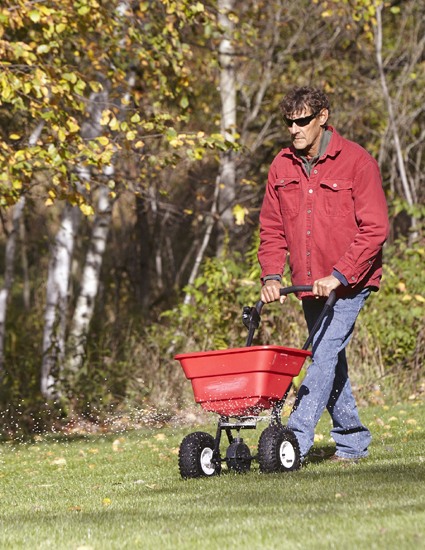
Fertilize on schedule
If you fertilize just once a year, do it around Labor Day. That’s when your grass will benefit most. For even better turf nutrition, fertilize a second time in mid-October. That gives grass a dose of nutrients to store through winter. You probably won’t need fertilizer in spring or summer. But if you do fertilize in the spring, go light—about half the normal amount. If you fertilize in summer, watch the weather. In hot, humid conditions, fertilizer does more harm than good.
Voice of experience
Don’t fertilize when your grass doesn’t need it. Grass grows fastest in late spring and early summer. Why promote even more growth with fertilizer?

Joe Churchill, turf expert and The Family Handyman Field Editor
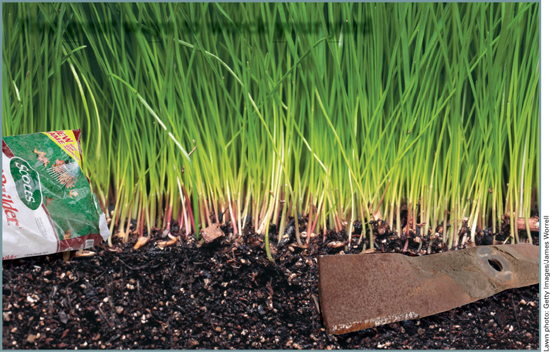
Five great ways to wreck your yard
1. Dethatch when you shouldn’t
Dethatching is rarely a good idea. It involves flailing away at your lawn with a powerful, engine-driven steel rake to rake up the old woody stems resting at the base of the grass leaves. It tears up not only the grass but also the roots.
2. Catch the clippings
When you cut the grass, let the clippings lie. They’ll release nutrients into the soil and form a mulch to help keep in soil moisture.
3. Ignore the directions on lawn treatments
They are SO important! It’s not only the concentration for fluids or the spreader setting for granules. Pay attention to the details like the rain forecast and what temperature ranges the treatments require. Skip them and you’ll either wreck your lawn or waste your time and money.
4. Overfertilize!
You’ll kill your whole yard in no time. And if you don’t kill it outright, it’ll turn yellow and take weeks to heal itself.
5. Mow with dull blades
Dull mower blades rip through the leaves, which stresses the plant. Instead, you want to slice them off cleanly. You can always tell a lawn that’s been mowed with a dull blade because it’s brown on the top.





